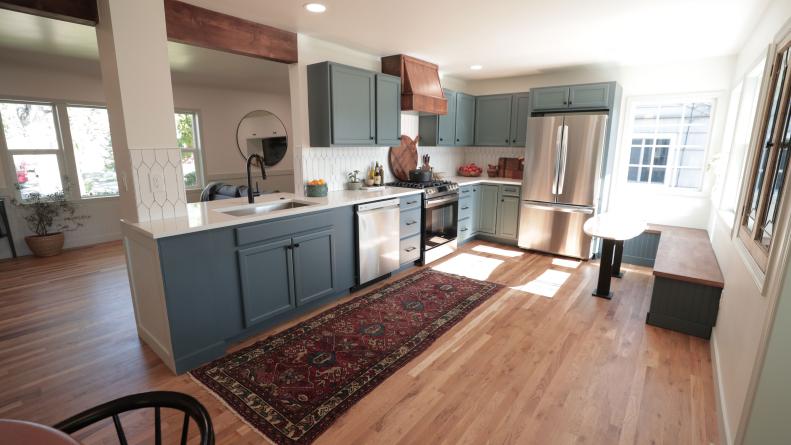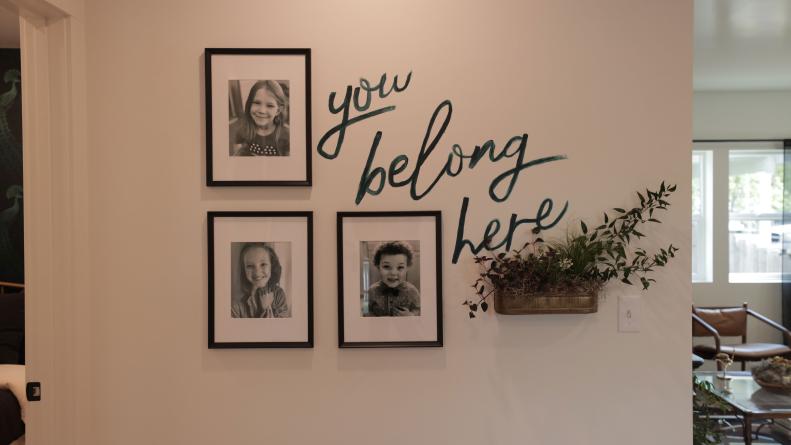1 / 33
You likely know and love designer Luke Caldwell and builder Clint Robertson as the hosts of Boise Boys. But now, over a year after the last episode of the show's second season, Luke and Clint are changing directions while remaining true to their love of building and design. This time, instead of flipping houses, they're catering to the changing needs of static homes in HGTV's latest series, Outgrown. Ahead, discover 33 stunning spaces from the first season of the show, along with expert tips from Luke and Clint themselves.









